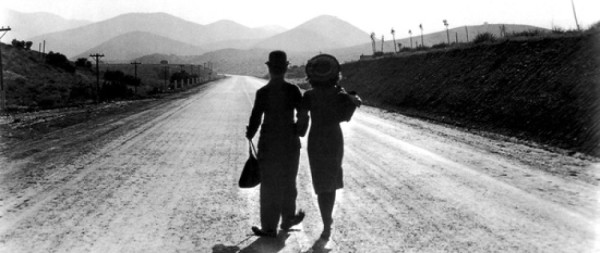The American Kingdom
Directed by Edward H. Griffith (with an uncredited George Cukor)
Written by Horace Johnson from a play by Philip Barry
1932/US
RKO Radio Pictures
IMDb page
Repeat viewing/Amazon Prime rental
Daisy Sage: For all our big talk, we both still belong to the animal kingdom.
I enjoyed this stagey but unique and adult sophisticated love triangle.
Tom Collier (Leslie Howard) is the free-thinking owner of a small publishing company. His father (Henry Stephenson) considers him a total flop. Dear old dad is very pleased to learn of Tom’s engagement to Cecilia (AKA ‘Cee’) Myrna Loy. He did not approve of Tom’s three-year live-in love affair with Daisy Sage (Ann Harding). Daisy has been off in Paris studying art. Daisy, who had previously scorned marriage, has decided she wants children and more or less proposes to Leslie before he can announce his engagement to Cee.
 Ann was also Leslie’s dear friend and had a major influence on his thinking. Leslie thinks he can remain friends with Ann after marrying Myrna. Myrna does her best to make this impossible. Actually, Myrna, a master manipulator, tries to change Leslie in every way and to isolate him from his former friends altogether.
Ann was also Leslie’s dear friend and had a major influence on his thinking. Leslie thinks he can remain friends with Ann after marrying Myrna. Myrna does her best to make this impossible. Actually, Myrna, a master manipulator, tries to change Leslie in every way and to isolate him from his former friends altogether.
 This is an adaptation of a stage play and feels very stage bound. It’s a sophisticated adult story and the acting is good, if also stagey. This time around the Myrna Loy character made me so angry I was shouting at my TV. She really was convincingly despicable – the sign of a good actress. She has at least as much screen time as Harding but once again doesn’t get her name above the title.
This is an adaptation of a stage play and feels very stage bound. It’s a sophisticated adult story and the acting is good, if also stagey. This time around the Myrna Loy character made me so angry I was shouting at my TV. She really was convincingly despicable – the sign of a good actress. She has at least as much screen time as Harding but once again doesn’t get her name above the title.
Multiple complete versions of the film are currently on YouTube.
No trailer or clip so here’s a tribute





















 Rich and Strange (AKA “East of Shanghai”)
Rich and Strange (AKA “East of Shanghai”)
